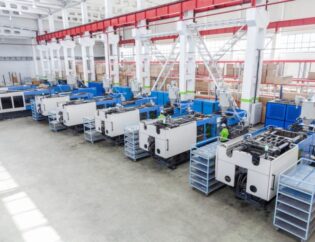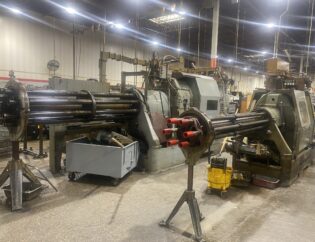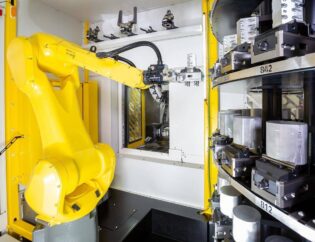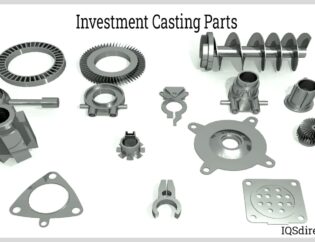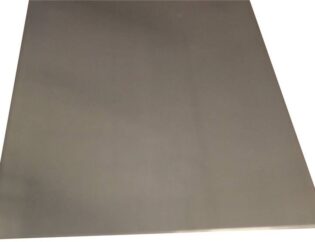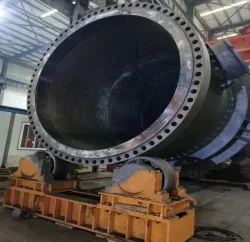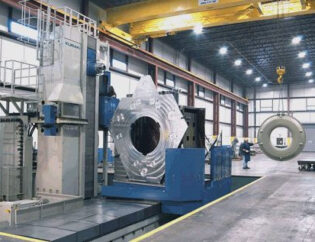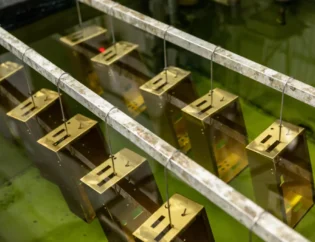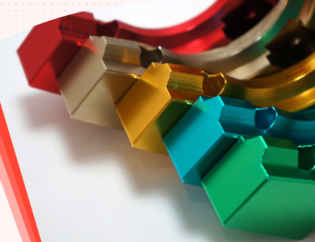Custom anodizing is a vital process in the metal finishing industry, enhancing both the aesthetic appeal and durability of aluminum products. This guide delves into the intricacies of anodizing, explaining how it transforms raw aluminum into vibrant, corrosion-resistant components. Understanding this process is essential for manufacturers, designers, and hobbyists alike, as it opens up a world of possibilities for customization and functionality.
Readers can expect to learn about the various anodizing techniques, including Type I, II, and III anodizing, and their specific applications. The guide will also cover the chemical processes involved, the equipment needed, and best practices for achieving optimal results. By the end, you will have a comprehensive understanding of how to effectively implement custom anodizing in your projects, ensuring both quality and creativity.
Single Source Custom Aluminum Anodizing
Anodizing is a crucial process in the manufacturing and finishing of aluminum products. It enhances the durability, aesthetic appeal, and corrosion resistance of aluminum components. This guide will delve into the intricacies of anodizing, exploring its technical features, types, and the differences between various anodizing services offered by companies like US Anodize, ArcDirect, eMachineShop, and Alpha Metal Finishing.
Understanding Anodizing
Anodizing is an electrochemical process that converts the metal surface into a decorative, durable, corrosion-resistant anodic oxide finish. This process not only improves the appearance of aluminum but also increases its resistance to wear and corrosion. Anodized aluminum is widely used in various industries, including aerospace, automotive, and consumer goods.
Technical Features of Anodizing
The technical features of anodizing can significantly impact the performance and appearance of aluminum products. Below is a comparison table highlighting these features:
| Feature | Description |
|---|---|
| Corrosion Resistance | Anodizing creates a protective layer that prevents corrosion and oxidation. |
| Durability | The anodized layer is harder than the aluminum itself, enhancing wear resistance. |
| Aesthetic Appeal | Anodizing allows for a variety of colors and finishes, improving visual appeal. |
| Electrical Insulation | Anodized aluminum is non-conductive, making it suitable for electrical applications. |
| Adhesion | Anodized surfaces provide better adhesion for paints and adhesives. |
Types of Anodizing
There are several types of anodizing processes, each with unique characteristics and applications. The following table outlines the main types of anodizing:
| Type | Description |
|---|---|
| Type I (Chromic Acid) | Provides a thin, corrosion-resistant layer; often used in military applications. |
| Type II (Sulfuric Acid) | Commonly used for decorative finishes; offers good corrosion resistance. |
| Type III (Hardcoat) | Produces a thicker, harder layer; ideal for high-wear applications. |
| Color Anodizing | Allows for dyeing during the anodizing process, enhancing aesthetic appeal. |
| Laser Engraving | Combines anodizing with laser marking for custom designs and logos. |
Anodizing Services Overview
US Anodize (usanodize.com)
US Anodize specializes in custom aluminum anodizing, offering a range of services including PERMODIZE® and chromate conversion. Their anodizing process enhances the durability and aesthetic appeal of aluminum parts, making them suitable for various applications. They focus on high-quality service and customer satisfaction, ensuring that each project meets specific requirements.
ArcDirect (shoparcdirect.com)
ArcDirect provides direct-to-customer anodizing services, allowing clients to purchase anodized products without the wait. They offer over 100 colors and custom graphic anodizing, catering to unique customer specifications. Their focus on quality and customer service has established them as a reliable choice for anodizing needs across multiple industries.
eMachineShop (www.emachineshop.com)
eMachineShop offers comprehensive anodizing services, including Type II and Type III anodizing. They provide a user-friendly platform for customers to design and request quotes for anodized parts. With over 15 years of experience, eMachineShop ensures high-quality results and a wide range of materials for anodizing.
Alpha Metal Finishing (www.alphametal.com)
Alpha Metal Finishing specializes in color anodizing, providing rapid turnaround and high-quality finishes. They work with various industries, including medical devices and electronics, to deliver consistent results. Their commitment to using organic dyes and maintaining high standards for color fastness sets them apart in the anodizing market.
Conclusion
Anodizing is an essential process for enhancing the performance and appearance of aluminum products. With various types and services available, companies like US Anodize, ArcDirect, eMachineShop, and Alpha Metal Finishing offer tailored solutions to meet diverse customer needs. Understanding the technical features and differences in anodizing types can help manufacturers choose the right service for their projects.
FAQs
Related Video
What is anodizing?
Anodizing is an electrochemical process that converts the surface of aluminum into a durable, corrosion-resistant anodic oxide finish.
What are the benefits of anodizing?
Anodizing enhances corrosion resistance, durability, aesthetic appeal, and electrical insulation of aluminum products.
What types of anodizing are available?
The main types include Type I (Chromic Acid), Type II (Sulfuric Acid), Type III (Hardcoat), color anodizing, and laser engraving.
How long does the anodizing process take?
The duration varies based on the complexity of the job and current workload, but typical turnaround times range from a few days to several weeks.
Can anodized aluminum be painted?
Yes, anodized surfaces provide better adhesion for paints and adhesives, making them suitable for additional finishing processes.

